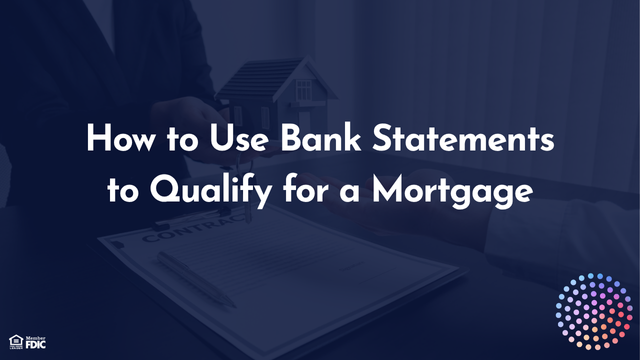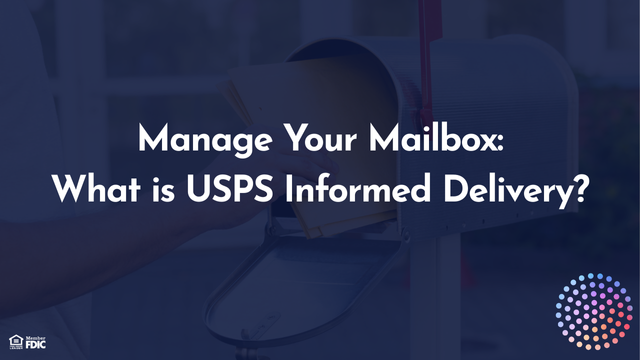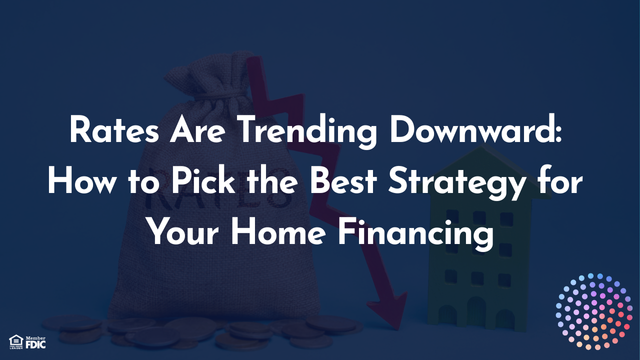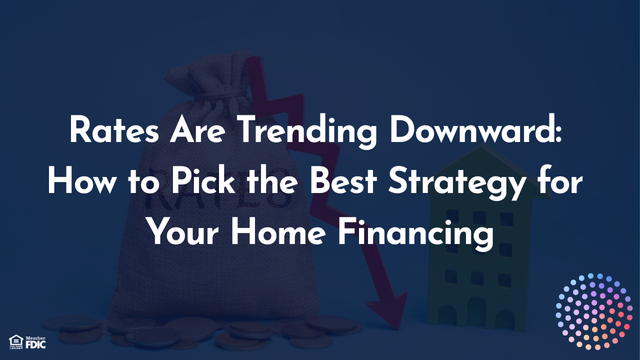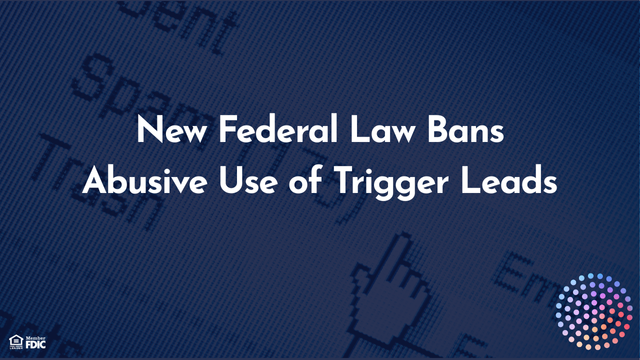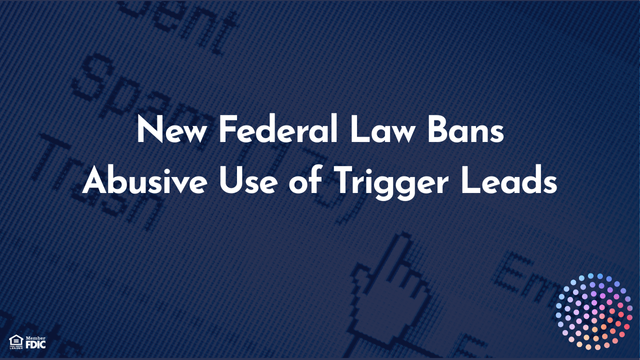Rates are Forecasted to Rise, Now Could Be a Good Time to Consider an Adjustable-Rate Mortgage (ARM)
marketingdept • June 18, 2025
Rates are Forecasted to Rise, Now Could Be a Good Time to Consider an Adjustable-Rate Mortgage (ARM)

It’s easy to understand why predictable, Fixed-Rate Mortgages are a popular choice. However, the benefits of an Adjustable Rate Mortgage (ARM) may surprise you- especially if rates are projected to rise.
An Adjustable-Rate Mortgage (ARM) has a fixed rate component for a set period of time. Following the fixed initial stage, the rate will adjust for the remaining period of the loan. The fixed rate for an ARM loan is lower than comparable rates you can get for a fixed-rate mortgage. ARM rates may be fixed for 5, 7, 10, or 15 years, but the 7-year ARM is the most common option. Once the fixed-rate portion of the loan is over, an ARM adjusts up or down based on current short term interest rate conditions. An ARM is subject to annual and lifetime caps, which govern how much the rate can go up or down in any particular adjustment:
Borrowers that opt for an ARM have the benefit of a lower interest rate for a predetermined period of time. This interest rate is lower than a 30-year fixed rate loan. This can be a huge benefit to borrowers, considering that lower interest rates mean lower monthly payments. As interest rates rise, opting for an ARM will initially offer lower rates. Borrowers who aren’t planning to stay in their home for 30 years, expect to see a significant increase in income, or are open to refinancing before the first adjustment comes along, can benefit from an ARM.
There are a number of different types of ARMs offered, which are often represented numerically. The first number represents how many years the fixed-rate period will last, and the second number indicates how often the rate will change. Here are some common examples:
* Some ARMs adjust every six months after the fixed rate component of the loan. Borrowers should note that different types of ARMs are offered for both 30- and 15-year periods, as well as interest-only loans.
When rates are forecasted to rise, borrowers should consider an ARM loan when looking to secure a lower rate, especially when planning to sell, refinance, or pay off the loan in the future. As always, contact your trusted mortgage professional to find the best loan product for you.
What is an Adjustable-Rate Mortgage (ARM)?
An Adjustable-Rate Mortgage (ARM) has a fixed rate component for a set period of time. Following the fixed initial stage, the rate will adjust for the remaining period of the loan. The fixed rate for an ARM loan is lower than comparable rates you can get for a fixed-rate mortgage. ARM rates may be fixed for 5, 7, 10, or 15 years, but the 7-year ARM is the most common option. Once the fixed-rate portion of the loan is over, an ARM adjusts up or down based on current short term interest rate conditions. An ARM is subject to annual and lifetime caps, which govern how much the rate can go up or down in any particular adjustment:
- Initial Cap: The initial cap limits how much the rate can adjust upward the first time the rate fluctuates. For example, a 5/1 ARM loan with 2 /2/5 caps won’t see an initial adjustment of more than 2% in the first adjustment, 2% per year maximum and a 5% lifetime cap.
- Subsequent Adjustment Caps: Subsequent adjustment caps function the same way as the initial cap, but apply to each adjustment after the first one. For example, a 5/1 ARM loan with 2/ 2 /5 caps won’t see the rate increase more than 2% at a time.
- Lifetime Cap: The lifetime cap establishes a limit on increases. Regardless of market conditions, the ARM rate is restricted by the lifetime cap. For example, a 5/1 ARM loan with 2/2/ 5 caps will not see a total rate increase of more than 5% over the lifetime of the loan.
- When the rate adjusts, the new rate is calculated by adding an index number to a margin specified in your mortgage documentation.
Borrowers can plan for their interest rate to change either semi-annually or annually
, depending on the loan program.
Benefits of an Adjustable Rate Mortgage
Borrowers that opt for an ARM have the benefit of a lower interest rate for a predetermined period of time. This interest rate is lower than a 30-year fixed rate loan. This can be a huge benefit to borrowers, considering that lower interest rates mean lower monthly payments. As interest rates rise, opting for an ARM will initially offer lower rates. Borrowers who aren’t planning to stay in their home for 30 years, expect to see a significant increase in income, or are open to refinancing before the first adjustment comes along, can benefit from an ARM.
Different Types of ARMs
There are a number of different types of ARMs offered, which are often represented numerically. The first number represents how many years the fixed-rate period will last, and the second number indicates how often the rate will change. Here are some common examples:
- 5/1 ARM: 5 year fixed-rate period followed by an annual rate change.
- 7/1 ARM: 7 year fixed-rate period followed by an annual rate change.
- 10/1 ARM: 10 year fixed-rate period followed by an annual rate change.
- 15/1 ARM: 15 year fixed-rate period followed by an annual rate change.
* Some ARMs adjust every six months after the fixed rate component of the loan. Borrowers should note that different types of ARMs are offered for both 30- and 15-year periods, as well as interest-only loans.
Closing Thoughts
When rates are forecasted to rise, borrowers should consider an ARM loan when looking to secure a lower rate, especially when planning to sell, refinance, or pay off the loan in the future. As always, contact your trusted mortgage professional to find the best loan product for you.

